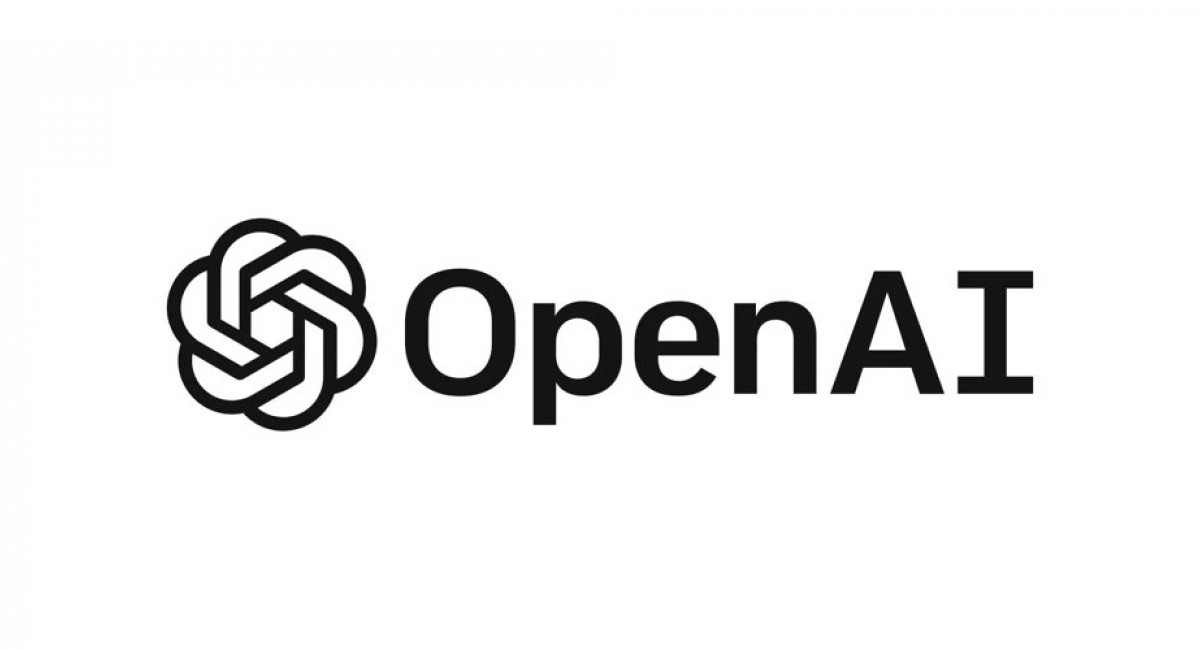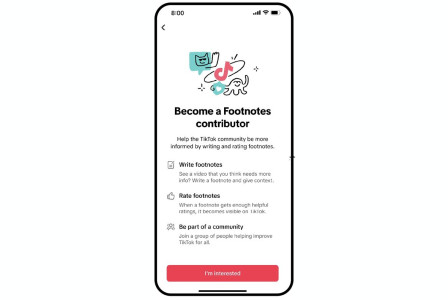SEARCH
OpenAI launches o3 and o4-mini for enhanced reasoning

SHARE IT
OpenAI has unveiled its latest breakthrough in artificial intelligence with the introduction of o3 and o4-mini, two cutting-edge reasoning models that aim to redefine performance standards across the AI industry. These models are not only state-of-the-art in benchmark tests but also represent a significant evolution in how AI interacts with tools and users.
Smarter Reasoning, Broader Capabilities
At the core of OpenAI's announcement is the o3 model, now the company’s most powerful reasoning engine to date. Trained to deliver advanced problem-solving capabilities, o3 sets new state-of-the-art (SOTA) scores on industry benchmarks such as Codeforces, SWE-bench, and MMMU. It also boasts a notable reduction in major errors—20% fewer than o1—when applied to complex, real-world scenarios.
Crucially, o3 supports image uploads, allowing it to analyze visual data like photos, charts, and graphics. This makes the model especially useful for tasks that require multimodal understanding, extending its applications to areas like data analysis, visual storytelling, and scientific interpretation.
Meanwhile, the o4-mini offers a more compact yet highly capable alternative. Designed for speed and cost-efficiency, this smaller model still delivers exceptional performance, particularly when paired with external tools. For example, in the AIME 2025 benchmark, o4-mini achieved a 99.5% score when combined with a Python interpreter.
Tool Integration and Memory Support
One of the most striking upgrades is that both o3 and o4-mini are now equipped to use external tools—a first for OpenAI’s reasoning models. These tools include web browsing, a Python interpreter, and other advanced functionalities. This capability enables the models to generate more detailed, accurate, and context-rich responses by dynamically deciding when and how to use each tool.
Adding to the user experience is the inclusion of memory features, allowing the models to recall previous conversations and reference them naturally in ongoing interactions. This makes conversations feel more fluid and personalized, bringing the models closer to true conversational intelligence.
OpenAI noted that these improvements were made possible through large-scale reinforcement learning, which helped the models learn how to reason and use tools in a more human-like manner.
Cost, Access, and Developer Tools
Despite the sophistication of o3 and o4-mini, OpenAI emphasizes their cost-effectiveness. The o4-mini is especially efficient, offering higher usage limits than o3, making it ideal for developers and enterprises with high-volume needs.
The pricing structure is as follows:
- o3: $10 per million input tokens / $40 per million output tokens
- o4-mini: $1.10 per million input tokens / $4.40 per million output tokens (same as o3-mini)
These models are already available to ChatGPT Plus, Pro, and Team users via the model selector. Enterprise and educational users will receive access next week. For free-tier users, o4-mini can be tested via the new “Think” option in the ChatGPT interface.
On the developer side, both models are accessible through the Chat Completions API and the newly updated Responses API, which now supports features like reasoning summaries and preserved token context during function calls.
A Push Into Developer Tools
In addition to the new models, OpenAI has launched a new developer tool called Codex CLI, a lightweight command-line coding assistant. This tool is meant to bring AI-driven development directly into local environments. To encourage innovation, OpenAI is investing $1 million into projects that leverage Codex CLI and its new reasoning models.
Looking ahead, OpenAI is preparing to release the o3-pro model, which will include full tool access and is expected to further elevate AI reasoning standards.
A Safer, More Efficient Future
Despite the advancements, OpenAI reassures users that safety remains a top priority. Both o3 and o4-mini have passed all internal evaluations, staying below the "High" threshold in every category of OpenAI’s Safety Framework.
In short, the launch of o3 and o4-mini represents a significant leap forward for AI reasoning and usability. By integrating tool access, enhancing memory, and delivering performance at scale, OpenAI continues to position itself at the forefront of next-generation AI development.
MORE NEWS FOR YOU

 Help & Support
Help & Support 

